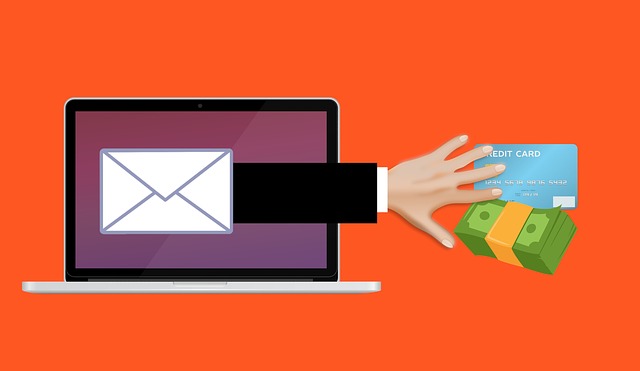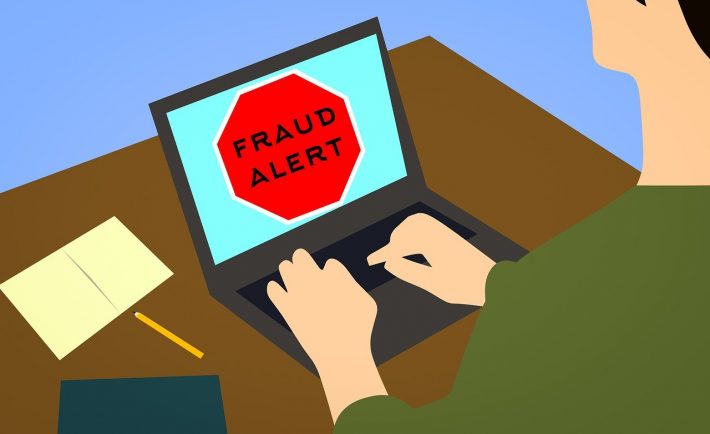Swindlers and scammers are always on the lookout for opportunities to gain access to your money. Since the pandemic, many types of scams have emerged. As cashless payments became vital to the new normal, adding layers of cybersecurity to your debit and credit card transactions will reduce your chances of becoming their victims.
This article highlights the 5 steps that you can take to protect your debit and credit cards. Fraud is prevalent, but you can act now!
#1: NEVER DISCLOSE YOUR PERSONAL INFORMATION
Fraudsters typically pretend to be bank representatives to steal personal information or to perform unauthorized transactions. Be smart when it comes to what you share online. Do not get too excited about sharing personal information, even via screenshots or through your 24-hour daily stories (e.g., sharing a snap of your QDL). Despite having restrictions with your target audience, you will never know how fraudsters can work their way around.
As much as possible, use different passwords for your online banking and social media accounts. Try using different email addresses for your online banking and social media accounts too.
#2: IDENTIFY WHETHER YOUR EMAIL ADDRESS AND HANDPHONE NUMBER WERE COMPROMISED
The personal data of over 500 million Facebook users was leaked online. You are vulnerable if you are using the same email address and handphone number for your online banking and social media accounts.
To know whether your email address or personal number has been compromised, you can visit helpful websites such as Have I Been Pwned. Have I Been Pwned allows you to know whether you experienced data breaching in the past or not.
#3: USE YOUR CARDS ON WEBSITES YOU TRUST
When you are shopping with your debit or credit card online, it is important that you only go to websites that you trust. Ensure that you typed in the correct website and not phony one. You can also print a copy of your online purchases for future reference.
While shopping in your favorite website, avoid clicking on email links and suspicious images because these could take you to a phony website whose sole purpose is to steal your credit card information.
#4: ACTIVATE THE OTP OR TWO-FACTOR AUTHENTICATION
A one-time password (OTP) is a dynamic pin that is valid for a single login transaction on a digital device. It is an automatically generated alphanumeric or numeric string of characters that authenticates the user for a transaction. Activating this security feature will enable you to be notified whenever your accounts or cards are used. The OTP is usually sent via SMS or via email.
Similarly, the two-factor authentication (2FA) adds a layer of security by authenticating the credentials of the user. Most email providers such as Google and Yahoo! have this feature. Activate it to prevent other people from logging in to your email/s.
#5: BE VIGILANT AT ALL TIMES
Be vigilant when it comes to identifying phishing emails. Fraudsters may send you emails and newsletters that copy your bank’s promotional campaigns. Check the email sender to ensure that it is from the financial institution itself. Remember that most banks use corporate email addresses when sending newsletters and not personal Gmail or Yahoo Mail accounts.

Image Credits: pixabay.com
As mentioned above, avoid clicking links or buttons that can potentially lead you to unsecured websites. Keep your eye on the email address of the sender and the grammar of the message sent to you. If many words are misspelled, you can easily spot a red flag.


